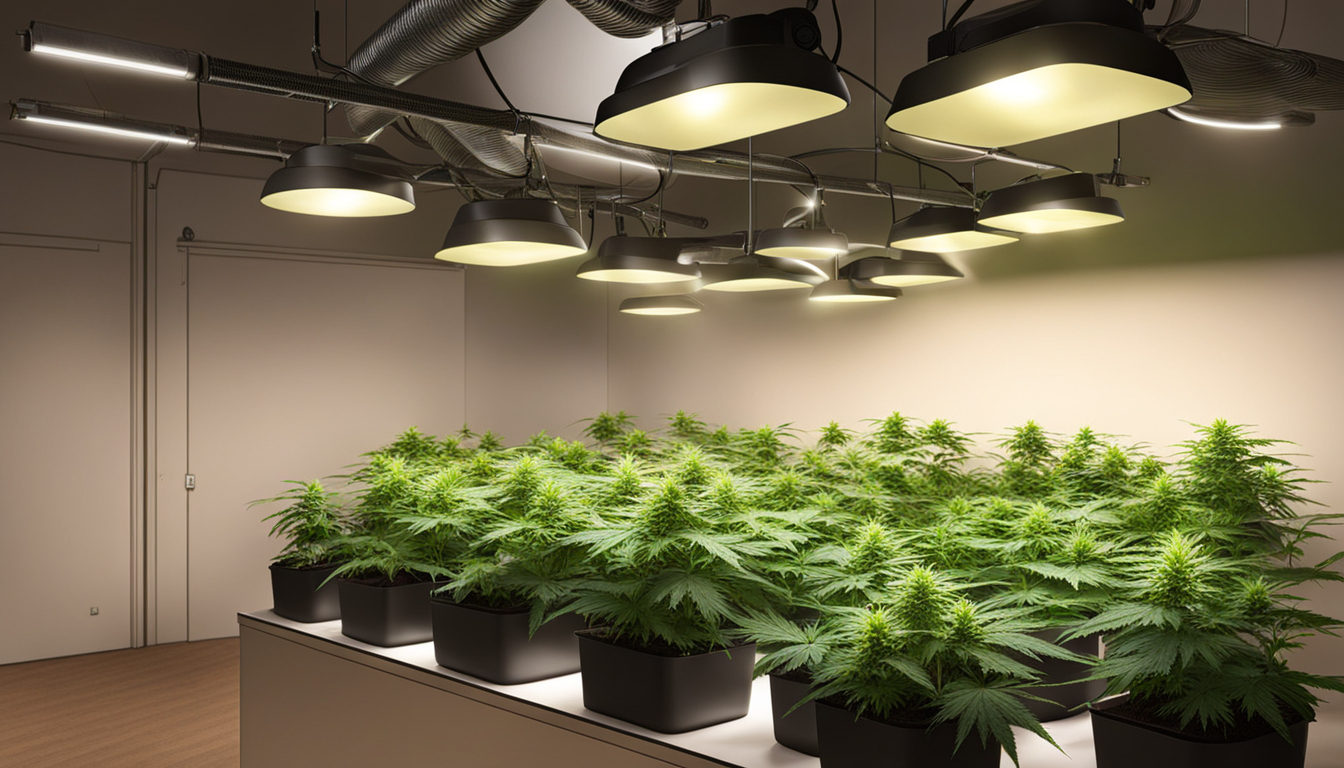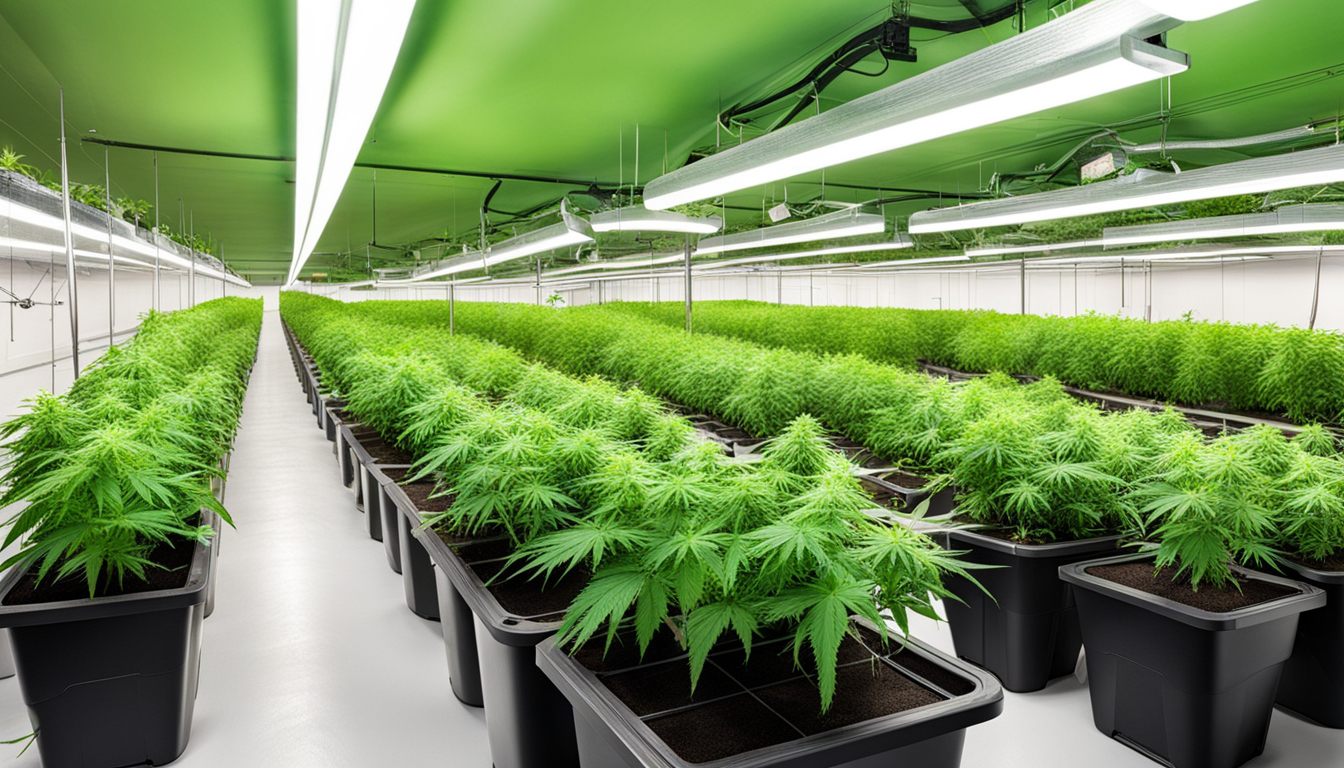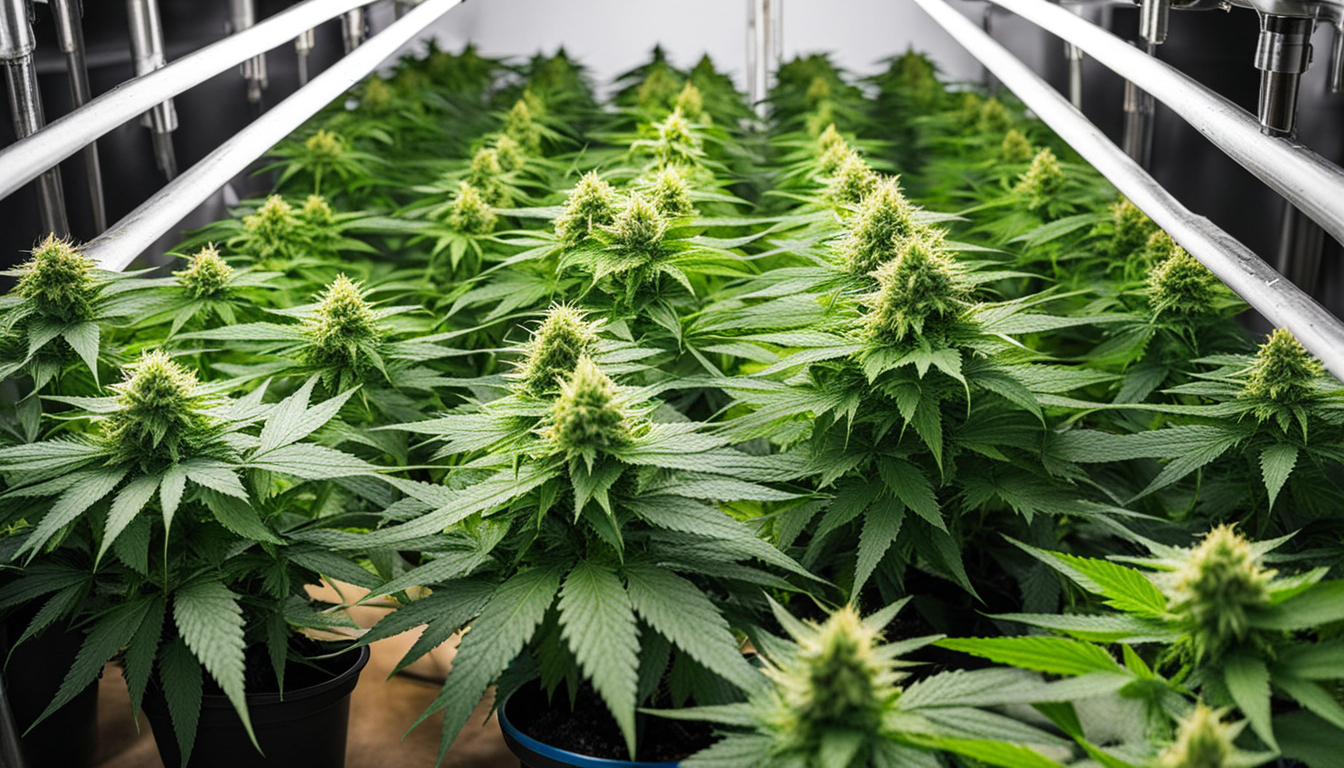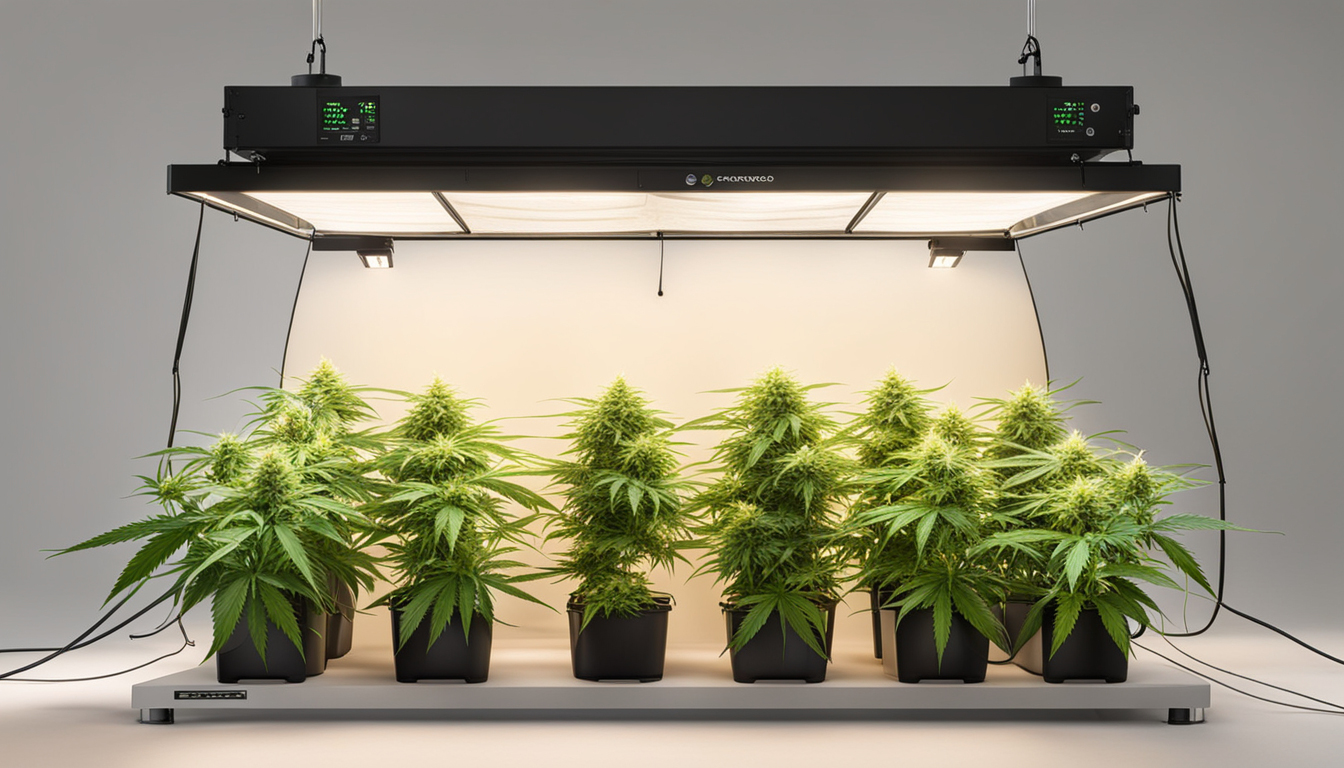
Whether you're just starting out with cannabis cultivation or looking to improve your existing crop, following this complete guide will help you produce bountiful, high-quality yields right at home. With the right supplies, techniques, and care, growing marijuana indoors can be an extremely productive and cost-effective endeavor.
Choosing Pot Varieties
The first step in planning your indoor harvest is picking the right weed varieties to grow. The three main types of marijuana plants each have their own qualities.
Energizing strains
Known for their energizing cerebral effects, sativas grow tall and slender with narrow leaves. They thrive in hotter tropical climates and have a longer blooming time between 2.5-3 months indoors. Top energizing varieties include Sour Diesel, Durban Poison, and Jack Herer.
Relaxing strains
These strains provide calming body-focused effects and spread short and bushy with wide leaves. Accustomed to colder mountain climates, they bloom faster within 2-2.25 months. Popular relaxing varieties include Northern Lights, Bubba Kush, and Bubba Kush.
Mixed strains
Mixed varieties mix traits from both energizing strains and relaxing strains. They offer combined effects and have moderate flowering periods around 9-10 weeks. Well-known hybrids are OG Kush, Girl Scout Cookies, and Blue Dream.

Setting Up Your Grow Space
Pot plants need the right controlled environment to succeed. Key factors for indoor cultivations are lights, ventilation, layout, and finding the ideal discreet location.
Location
Choose an unused space with direct access to irrigation and electrical outlets. An empty spare room, large closet, corner of the basement, or grow tent locked away in a garage all make great discreet cultivation room spots.
Lighting
Cannabis requires powerful light for all vegetative stages. LED grow lights are energy-efficient and come in broad spectrum options simulating natural outdoor light. Provide 15-25 watts per square foot for the growth stage and 400-600 watts per square foot for bloom.
Airflow
Proper ventilation and exhaust systems maintain ideal temp, moisture, and fresh CO2 levels. Set up silent 4-6 inch blowers or scrubbers to refresh old air and reduce odors.
Layout
Optimize your space by positioning plants strategically under the lamps and leaving room to access and work around them. Set up distinct zones for growth, flowering, curing, and propagation.

Cultivation Mediums
Pot can be grown in various mediums, each with benefits and cons. Pick a suitable option for your particular setup and cultivation style.
Soil
The classic substrate, soil is affordable and simple for beginners. It provides excellent taste but requires more watering and nutrients to nourish plants. Amend soil with vermiculite or coco to enhance aeration.
Coco Coir
Made from coir, reusable coconut fiber retains water but still allows air to the roots. It's more sterile and more predictable than soil. Use coir-specific fertilizers to avoid accumulation.
Hydroponics
In hydro growing weed guide systems, plant roots develop directly in fertilizer water solution. This allows quick growth but needs close observation of water chemistry. DWC and drip systems are common methods.
Germinating Seeds
Germination prepares your cannabis seeds to begin growing radicles. This prepares them for Request More Info transplanting into their cultivation medium.
Paper Towel Method
Place seeds between damp paper towels and maintain them damp. Check after 2-7 days for growing radicles indicating sprouting is complete.
Planting directly
Plant seeds directly into wetted cultivation medium 1⁄4 inch deep. Gently water and wait 1-2 weeks until seedlings break through the surface.
Rockwool Cubes
Soak cubic rockwool starters in balanced water. Insert seeds 6mm deep into the cubes. Keep cubes moist until seedlings appear within a week to 2 weeks.
Transplanting Seedlings
Once sprouted, marijuana young plants need to be transplanted to avoid crowding. Move them into proper sized pots.
Preparing Containers
Fill final containers with cultivation medium enriched with slow-release nutrients. Allow pots to soak up water overnight before transplanting.
Gently repotting
Carefully loosen seedling roots from germination medium using a spoon. Put into pre-soaked pot at equal depth as before and lightly water in.
Vegetative Stage
The vegetative stage promotes foliage and plant form through 3/4 to full day of continual light exposure. This stage usually lasts 4-8 weeks.
Providing 18-24 Hours of Light
Use lamps on a 24 hour cycle or natural sunlight to trigger constant photosynthesis. Lamp output influences height and node distance.
Nutrients
Use grow stage fertilizers richer in N. Make sure pH stays around 6.5 for proper nutrient absorption. Feed 1⁄4 to 1⁄2 concentration after 14 days and strengthen slowly.
Training Techniques
Topping, low stress training, and scrogging manipulate growth patterns for even canopies. This increases yields.

Flowering Stage
The flowering stage develops buds as plants reveal their sex under a 12 hour light schedule. It lasts 8-12 weeks based on variety.
Switching to 12/12
Switch grow lights to 12 hours on, 12 hours off or place outside for outdoor 12 hour cycle. This signals plants to start flowering.
Flushing
Leaching removes nutrient salts to improve flavor. Feed weakly the first weeks then just use pH'd water growing weed guide the last 2 weeks.
Flushing
Continue 12/12 light timing but leach using neutral pH water only. Resume plain watering if buds aren't yet ripe after two weeks.
Harvesting
Knowing when pot is completely mature ensures maximum cannabinoid content and aroma. Harvest plants at optimal maturity.
Identifying Ripeness
Check fading pistils, swelling calyxes, and 10-15% amber trichomes. Inspect buds across the plant as they don't all mature evenly.
Harvesting plants
Use clean, sharp pruning shears to gently cut each plant at the base. Leave 5-10cm of stem attached.
Curing
Suspend whole plants or colas inverted in a dark room with moderate temp and humidity around 50-60% for 1-2 weeks.
Curing
Curing keeps drying while improving the buds like aged spirits. This process mellows harshness and further develops terpene and terpene profiles.
Curing containers
Manicure dried buds from branches and place into sealed containers, packing about 3⁄4 full. Use a sensor to measure container moisture.
Burping Daily
Unseal jars for a short time daily to gradually reduce humidity. Rehydrate buds if RH drops below 55%.
Long term storage
After 2-3 weeks when moisture stabilizes around 55-60%, perform a last trim and keep long-term in sealed jars.
Troubleshooting
Even experienced cultivators run into various pot plant problems. Identify problems early and fix them properly to keep a healthy garden.
Poor feeding
Yellowing leaves often signify insufficient nitrogen. Purpling stems and leaves signal phosphorus deficiency. Test pH and increase fertilizers slowly.
Pests
Thrips, aphids, fungus gnats, thrips, and nematodes are common pot pests. Use neem oil sprays, predator bugs, and sticky traps for organic control.
Mold
High moisture encourages botrytis and bud rot. Increase airflow and circulation while reducing humidity under 50% during flowering.

Conclusion
With this complete indoor weed cultivation guide, you now have the knowledge to cultivate bountiful strong buds for personal harvests. Apply these techniques and techniques throughout the seed starting, growth, and bloom stages. Invest in quality equipment and closely check on your plants. In time, you'll be rewarded with frosty aromatic buds you raised yourself under the patient guidance of your green hands. Happy growing